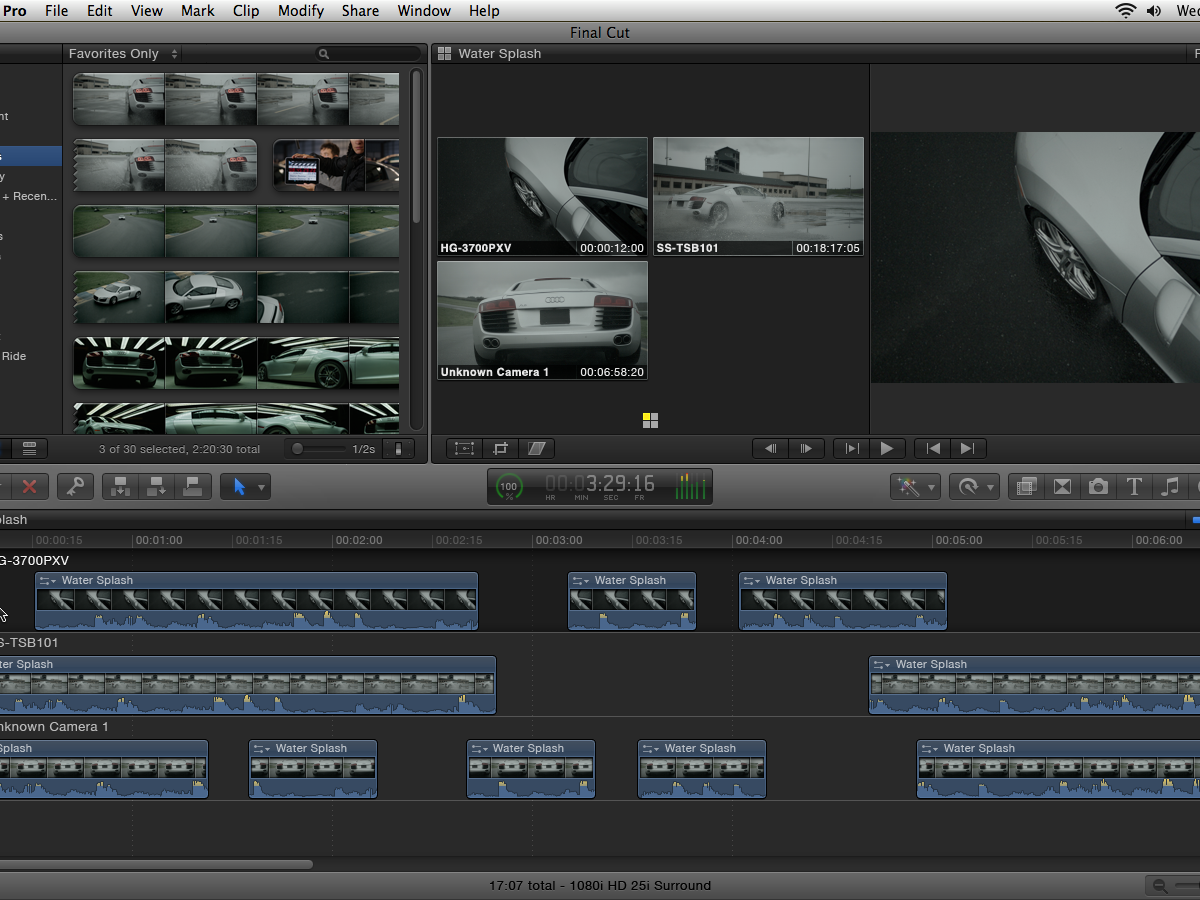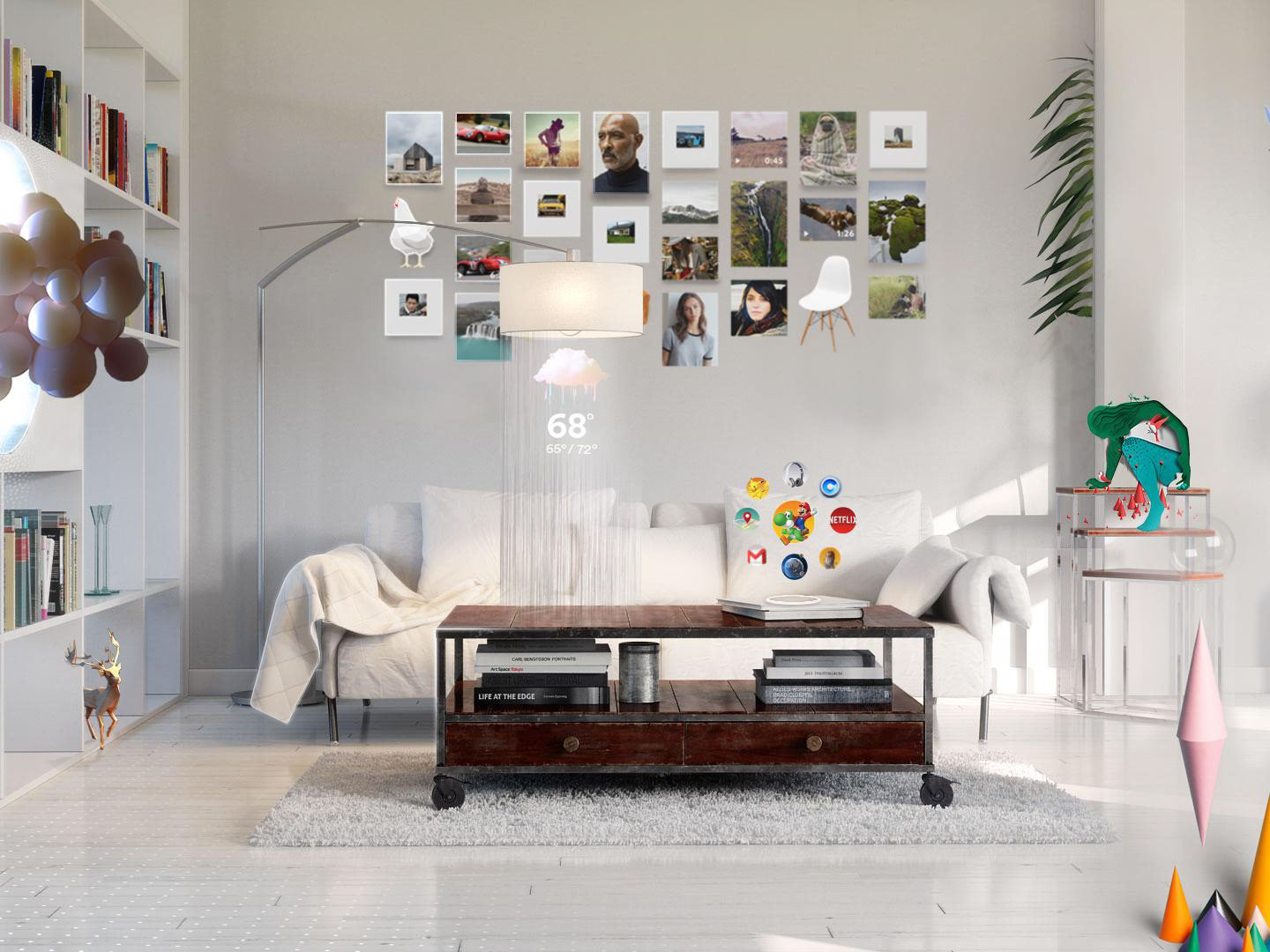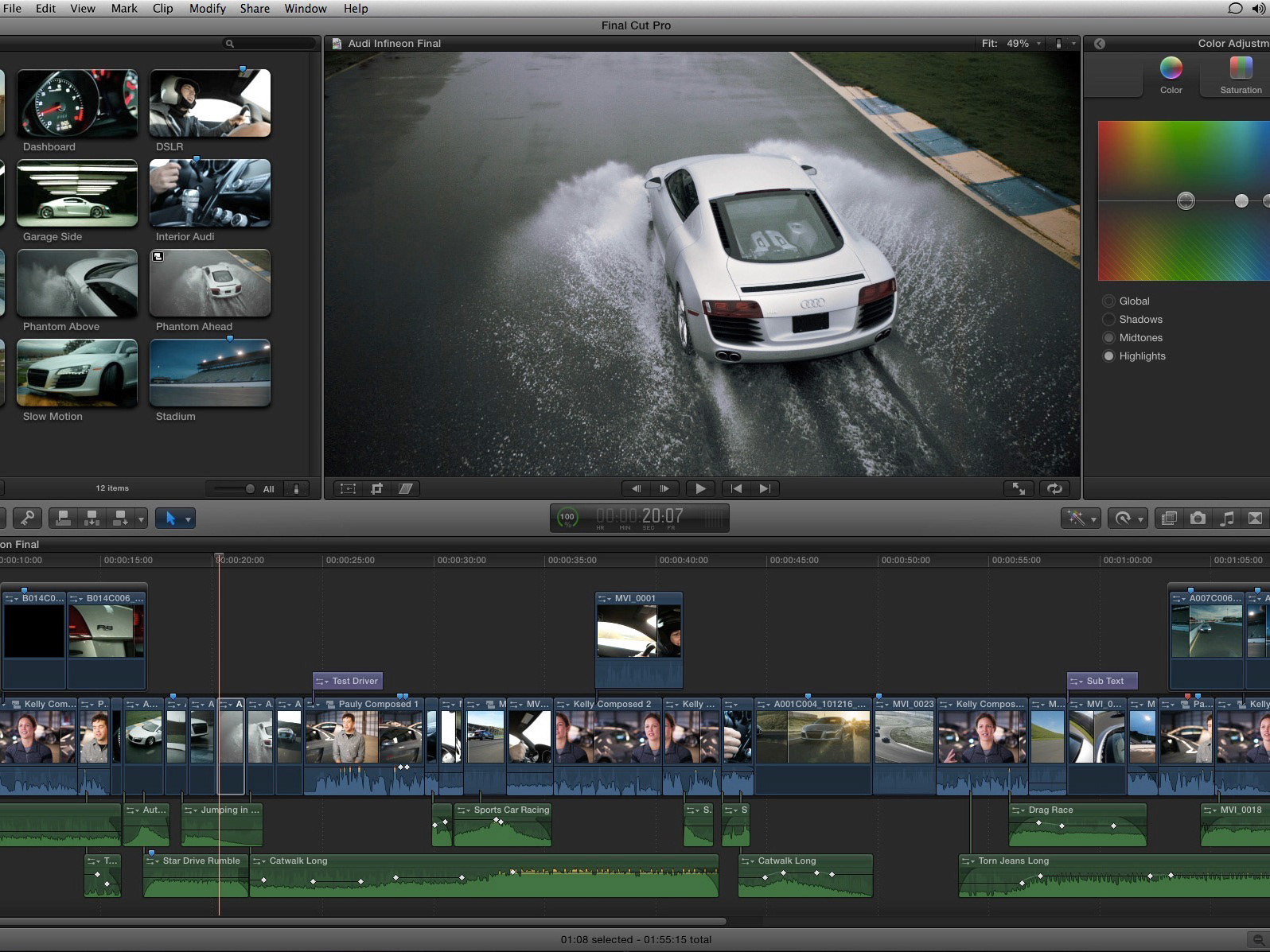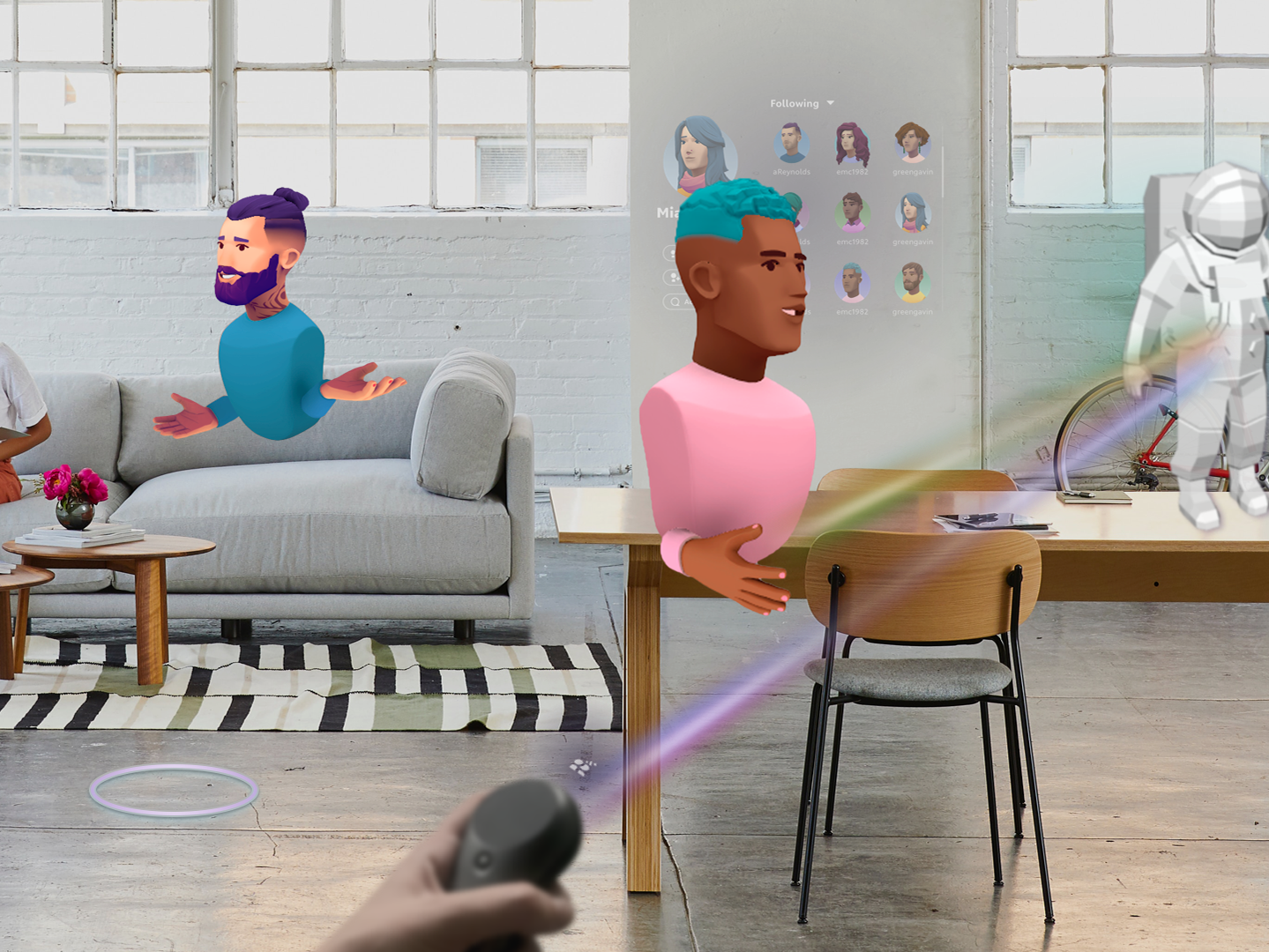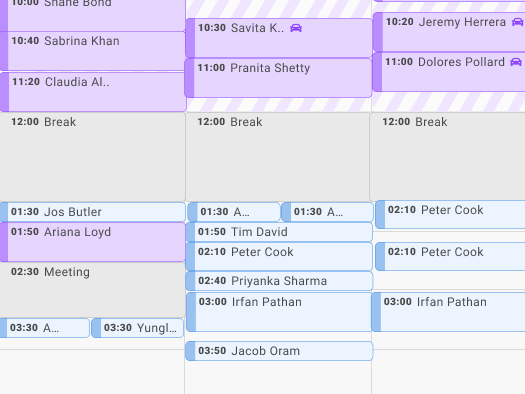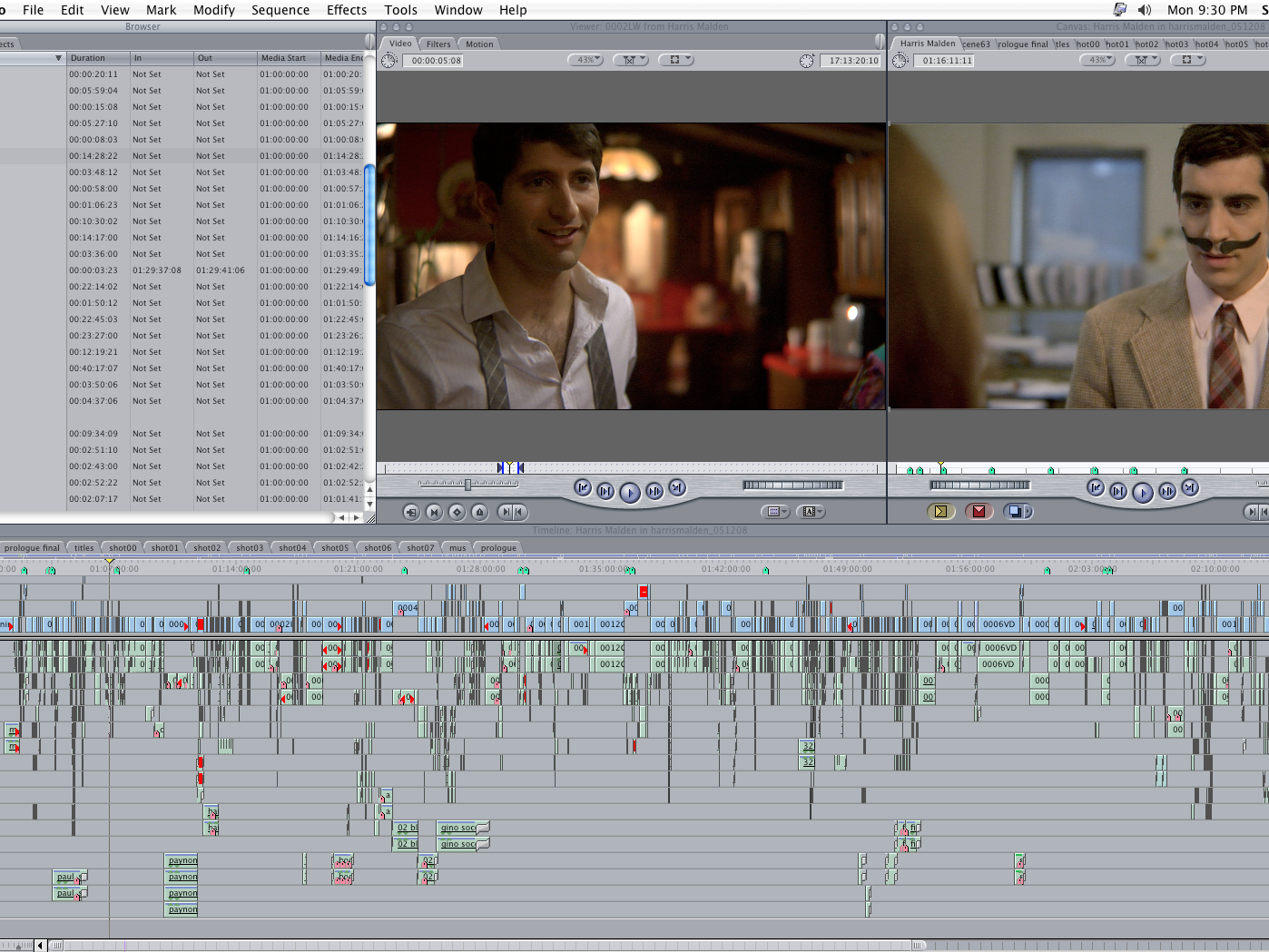After the initial release of the Magic Leap One, we began working on the plans for the next major release of the Magic Leap hardware and software. Until this point the team had been organized as a start up with everyone tackling the next immediate task that was needed. I worked to create new processes with software engineering and organized the design team for iterative releases with efficiency and higher quality work the focus.
My role was Senior Director of User Experience reporting to the Chief Product Officer. I worked in partnership with the VP of Product Strategy and many product managers to create a list of product requirements. We aligned our strategy to focus on enterprise needs for specific target markets. Together we continually refined the set of requirements to outline a targeted release with the functionality that was needed while fitting within the limitations of the resources and amount of time we had to deliver the product. Most importantly I helped to outline what work should not be done for this release, so we could ensure higher quality important features sooner. As we continued to work through the list of features for this release I simultaneously led the design team to release the 2019 release of the Magic Leap 1 OS and app experiences.
The Team
I led a team of over 20 internal designers all working on this effort. Additionally we were also working with an external design agency of 15 designers directing their efforts as an extension of our team to achieve our company mission on time. Much of this design effort also overlapped with ongoing work for the previous release.
During this time small teams were organized, two week sprints were created with check ins and kick offs, regular design reviews and critique meetings to incorporate feedback and collaboration.
The scope of the ML X work encompassed many parts of the platform. While the details of these projects cannot be disclosed at this time (product is currently in pre-release), the overall scope of the work and effort is outlined below.
Lumin OS
The operating system is the beginning of the user experience. For the device’s initial release the OS was mostly targeting consumers. This release had the team and designs switching to enterprise use cases. Our product and design requirements focused around ease of use, discoverability and efficiency for our specific use cases.
I worked with the team to clearly outline the users, scenarios and product use cases which allowed all of our efforts to be more focused. We worked on reducing user friction that existed in our first release and ensuring the fundamentals were in place for our planned partnerships. This included areas like the application launcher, settings, notifications, object movement and much more.
Magic Leap had additional plans to continue to go into more international markets with some of our partners. In order to facilitate that we proposed and created a design system for responsive spatial layouts. Our initial release would target the areas affected by localization in new countries and then continue to expand the feature set in future releases. Additionally we kicked off efforts to create an updated version of our custom font to ensure readability with asian languages on our mixed reality platform.
Core Applications
As our organization focused on enterprise use cases, the ability to collaborate with multiple users was an opportunity we wanted to take advantage of. Strategically we added more focus and effort to improving collaboration for certain key customers. We worked with product managers to outline specific use cases we wanted to target. The collaboration of users became a central pillar for many of our efforts going forward.
Additionally we strategically looked at our existing applications and experiences and outlined plans to transition them to focused enterprise use cases vs consumer only use cases. Applications that were very consumer focused initially were reimagined. Sometimes this required the team to also make recommendations on tools that should not be worked on so that we could focus on enterprise needs.
Interactions
With the initial release of the Magic Leap One the core interactions were not intuitive and hard to use. This was the main feedback coming from our users and our internal teams. This feedback and need for change allowed us to revisit some of the core interactions to make improvements focused on discoverability and ease of use.
Our strategy was to create a simplified experience where users would have the same functionality yet in a more predictable and discoverable manner. . This included for interactions using gestures, Bluetooth keyboard/mouse and speech input. We focused efforts on taking advantage of the many inputs available on the platform.
This initiative required advanced planning early on. We defined the end user experience we were looking to achieve and gain cross organizational agreement. This allowed engineering teams such as the OS, middleware and inputs to do the advanced planning and clearly understand dependencies.
Developer Tools
The developers' needs were at the heart of our early efforts to ensure that developers could make content for our new platform. Our desktop developer tools were built by a variety of different teams or acquisitions over several years. Unfortunately that led to having disconnected apps that did not feel cohesive or form one unified experience. Our goal was to bring unity to these tools and to make it much easier for our developers to make applications for our device. Like many plans this also needed to be done in a phased approach so we could make these improvements over several releases.
Additionally our Brand Marketing team was in the process of finishing a new style guide for our company and products. We worked with the brand design and engineering teams to establish a multi-tiered set of releases that made these apps feel more cohesive as well as updating the applications to the new brand guidelines that had been established.
Research/Validation
An important first and ongoing step in the product and design process is research and validation of ideas and concepts. Our research team was much smaller than we needed for all the goals to be accomplished. To be efficient we first worked to properly prioritize our research tasks to identify what we could accomplish given our timelines and set realistic expectations with the executive team. Using many variables to establish the best ROI with our current resources we established a plan and executed towards gathering the research needed for our product and design efforts.
Our team also worked to establish a plan for quickly validating the design ideas as the implementation appeared on device or when early prototypes were ready to use. Additionally we created a plan for user testing the features when they were stable enough for that level of use in order to gather important data and make any shifts as needed.
Mobile Applications
Our team also worked on the mobile application for Magic Leap. The application fulfilled many uses including an additional input, a method to add and view media from your Magic Leap 1 and device management. We added additional controls that were focused on aiding particular enterprise workflows for the device, expanding its use and importance.

